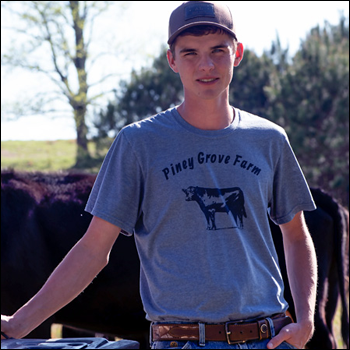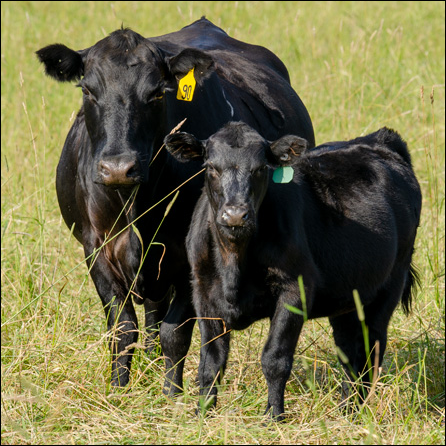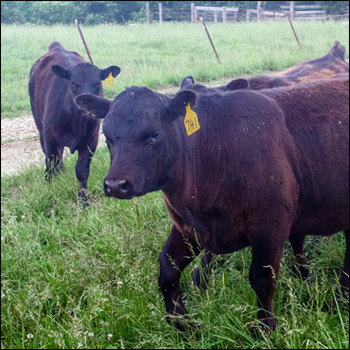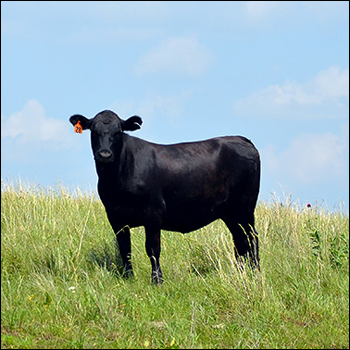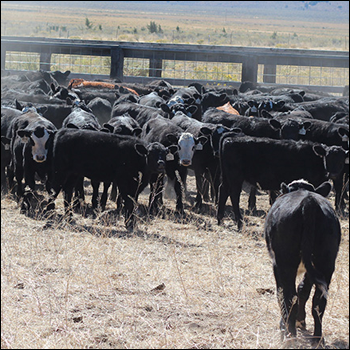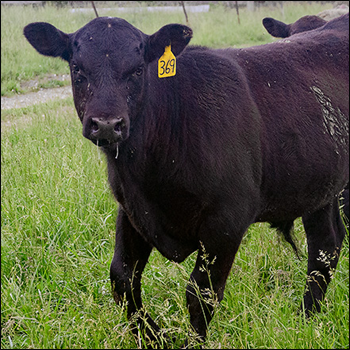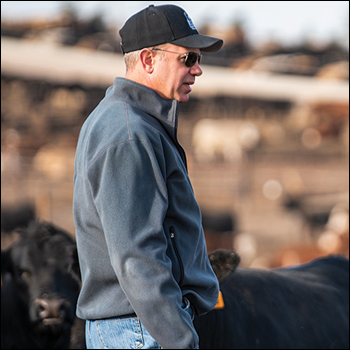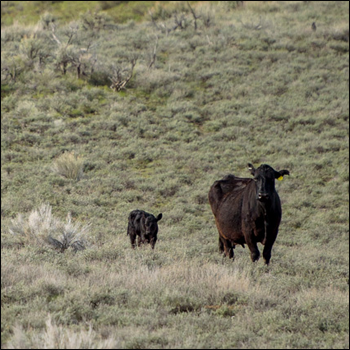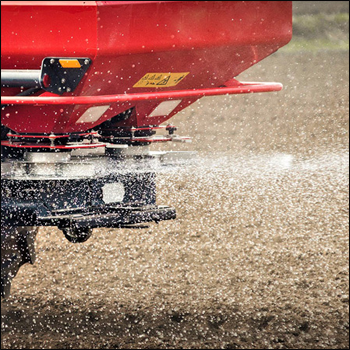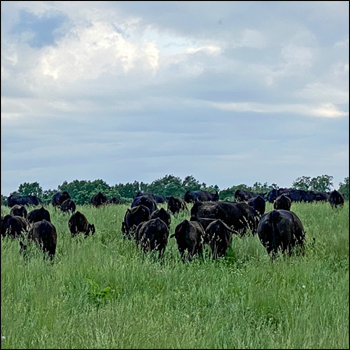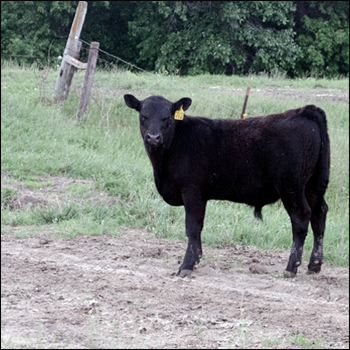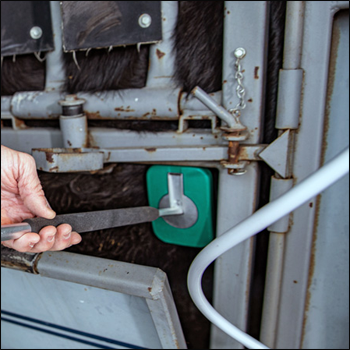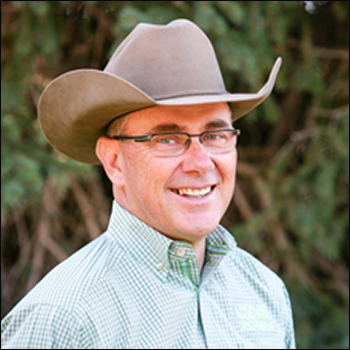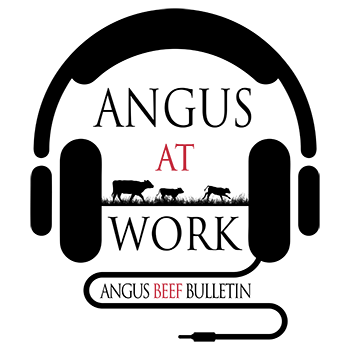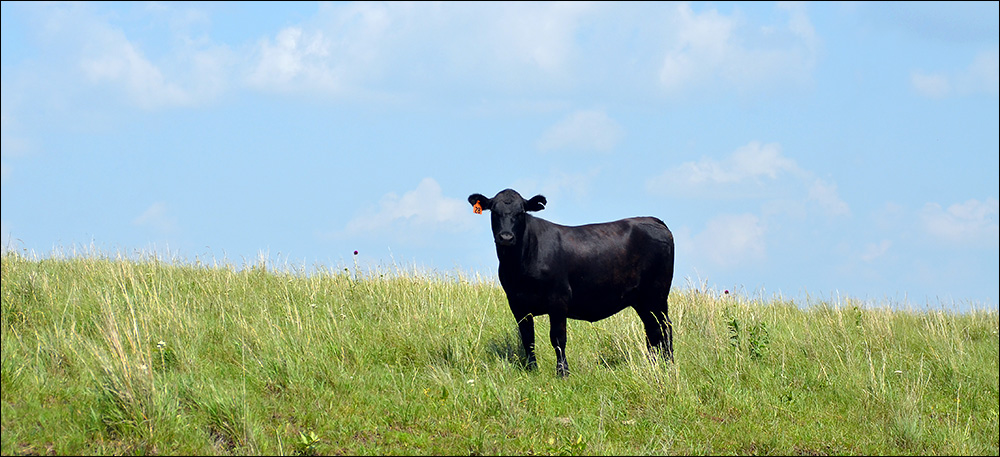
Foot Rot Causes More Issues Than Pain
Veterinarian shares tips on treating bacterial infection.
Kansas State University (K-State) veterinarian Gregg Hanzlicek says a bacterial infection that causes lameness in calves could be decreasing the breeding effectiveness of the cow herd and costing producers profits.
Hanzlicek refers to a recent research stocker-calf project indicating lame calves gained ½ pound less than their healthy counterparts.
“When we talk about infectious lameness in cow-calf herds — especially on pasture — we’re talking about foot rot,” Hanzlicek says. “There is another infectious lameness that is called hairy heel wart, but it is uncommon in pasture situations.”
Foot rot is a bacterial infection that is caused by several bacteria. The bacteria, according to Hanzlicek, are found in the rumen (the largest part of the stomach) and are therefore everywhere in environments where cattle are present. These bacteria are unable to penetrate the cow’s skin on their own.
“Something has to break the integrity of the skin to let the bacteria from the outside of the skin into or underneath the skin,” he says. “If your herd experiences a foot rot outbreak, it is helpful to investigate what in the environment is affecting skin integrity.”
According to Hanzlicek, the cows’ feet are susceptible to foot rot when conditions are too wet or dry, or due to mechanical injury.
“When the infection begins, it is subtle, but it will continue to progress, and eventually swelling will become apparent around the coronary band (the area where the hoof is attached to the skin),” Hanzlicek says. “If we can provide appropriate treatment to animals early, most of those will recover and do well.”
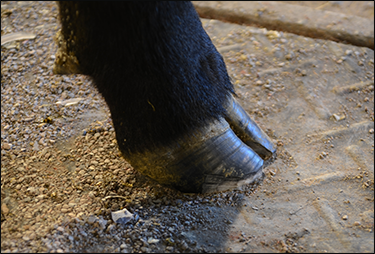
“Most lameness involves the foot, and foot rot is more common in the hind feet, so if the producer sees cattle noticeably lame, just think foot first,” says Gregg Hanzlicek. [Photo by Andrew Foster]. |
If not caught early, however, the infection can lead to the animal not responding well to treatment, and they can become chronically lame, Hanzlicek says.
“Most lameness involves the foot, and foot rot is more common in the hind feet, so if the producer sees cattle noticeably lame, just think foot first,” he says.
To treat foot rot, Hanzlicek recommends picking up the bad-smelling hoof if possible, cleaning the area, getting rid of the dead tissue and applying a topical antibiotic. Then, he says, most veterinarians will put a wrap on the hoof to protect the cut and administer an antibiotic.
“As always, seek advice from your veterinarian on the best treatment for those animals,” Hanzlicek says.
Editor’s note: Shelby Varner is a writer for K-State Research and Extension news service. Lead photo by Kasey Brown.

Angus Proud
In this Angus Proud series, Editorial Intern Jessica Wesson provides insights into how producers across the country use Angus genetics in their respective environments.
 Angus Proud: Scott Sproul
Angus Proud: Scott Sproul
Oklahoma operation learned wisdom of moving calving season to better suit their marketing needs.
 Angus Proud: Bubba Crosby
Angus Proud: Bubba Crosby
Fall-calving Georgia herd uses quality and co-ops to market calves.
 Angus Proud: Jim Moore
Angus Proud: Jim Moore
Arkansas operation retains ownership through feeding and values carcass data.
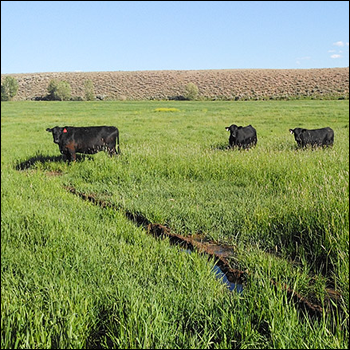 Angus Proud: Stephen Shiner
Angus Proud: Stephen Shiner
Idaho operation rotates pastures in summer and raises crops for winter.
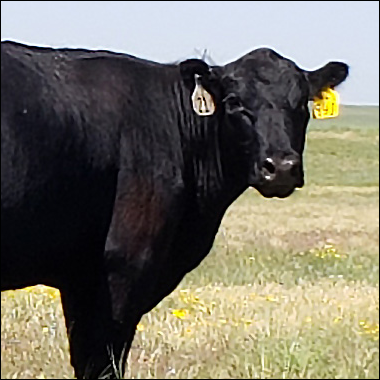 Angus Proud: Brian Nusbaum
Angus Proud: Brian Nusbaum
Angus cattle fit cattleman’s marketing goals and helped him set out on his own.
 Angus Proud: Les Shaw
Angus Proud: Les Shaw
South Dakota operation manages winter with preparation and bull selection.
 Angus Proud: Jeremy Stevens
Angus Proud: Jeremy Stevens
Nebraska operation is self-sufficient for feedstuffs despite sandy soil.
 Angus Proud: Dave Rutan
Angus Proud: Dave Rutan
Angus breeder gets the most out of his bull investment by partnering with opposite calving-season operation.
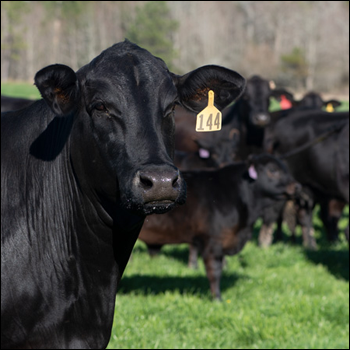 Angus Proud: Nickey Smith
Angus Proud: Nickey Smith
AngusLink helps Louisiana cattleman gain more for his calves.
